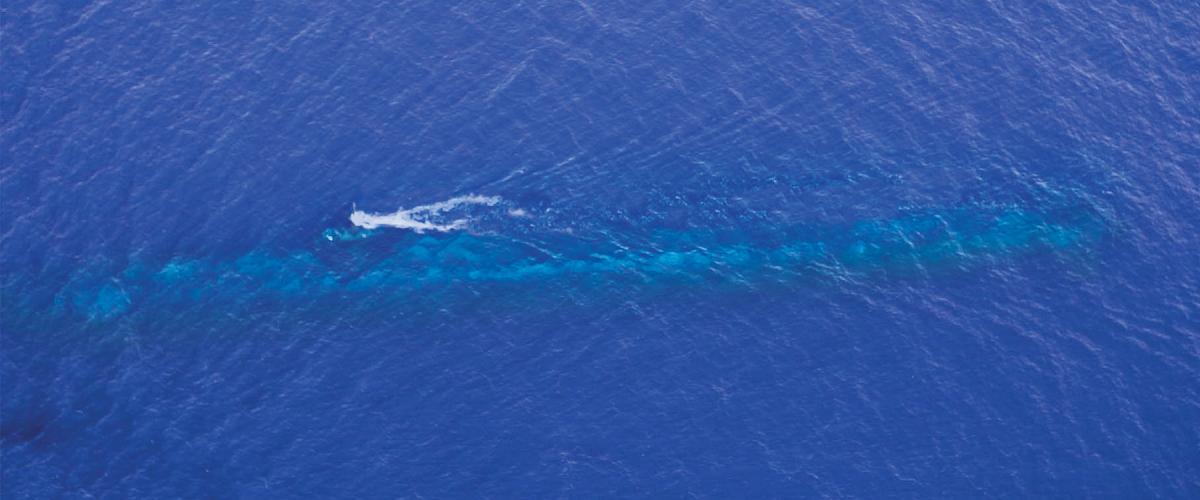Further to my earlier post, here is a link to the article I mentioned about the cost of operating the FFGs and Anzac-class frigates - it's from 2012 so 12 years ago now, but it gives an idea of how much it costs to operate ships, and no doubt the figures would be substantially higher today:
Which is also an argument why we need newer ships.
Old ships, like old planes, cost lots of money. At some point you are spending more money than it would cost to build a new ship.
Newer ships are not just capability improvements, but reliability improvements, more economical generally on things like fuel, and crew, and more suitable for modern crew needs and deployments. Refitting old ships often do not allow to get those economies. Old ships tend to wear out crews. Old ships also tend to have uncertain futures, so getting new young crews onto them is harder, because people see them as being short lived and also a pain to work on.
Australian costings tend to be very extensive, where other nations sail away costs tend to be very optimistic. Its not like Australia is unfamiliar with overseas builds. Look at the AOR or the Antarctic ship builds. They have their own problems.
The military also isn't quite the same as a business. Part of it, is that it can deliver what we need when we need it. So part of that is being able to make things here. If that costs more, its costs more. Of which anything that is around 30-40% more expensive, actually costs the same, because the benefit of the Australian economy as wages, suppliers business taxes, etc go back into the economy, which is taxed by the government. In really big countries like the US, it can be even higher, perhaps 60%.. So your money goes a lot further. Which is why often many countries subsidize their defence industry to get overseas work. As sometimes, a subsidy still becomes a net profit, and additional employment, and success is politically useful as well. As a side, by building here, you also set up a pipeline to maintain here, so your operational costs come down. Germany, Spain, France, UK do this. They all have unions and blue collar workers on excellent pay. It comes down to being able to effectively manage projects and having a steady stream of work. Not killing the industry after every project, and then moving it, then restarting it.
Purchase price of platforms are typically dwarfed by their operational costs. A billion dollar sub will probably have 5 billion in maintenance, two billion in crew costs, etc. Mooring facilities aren't free either, fuel, weapons, upgrades all cost big dollars over the life of the platform.
The military power is a function of the countries economy. The better the economy the better military you can afford, the more technologically advanced the economy, the more advanced your weapon systems. Typically paid for in taxes off the economy and those within it.



